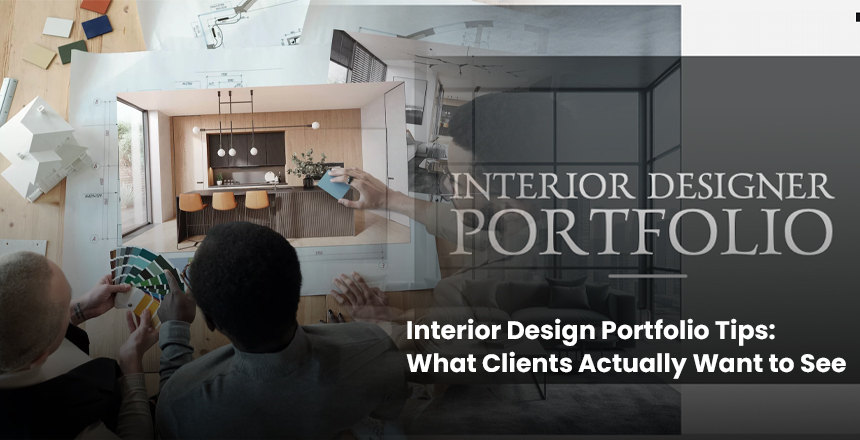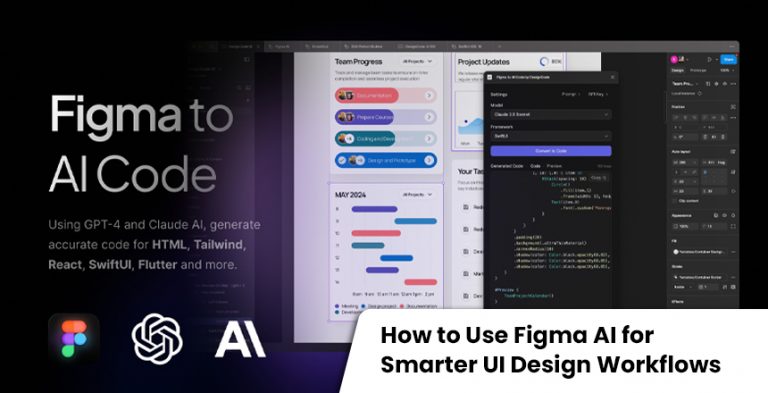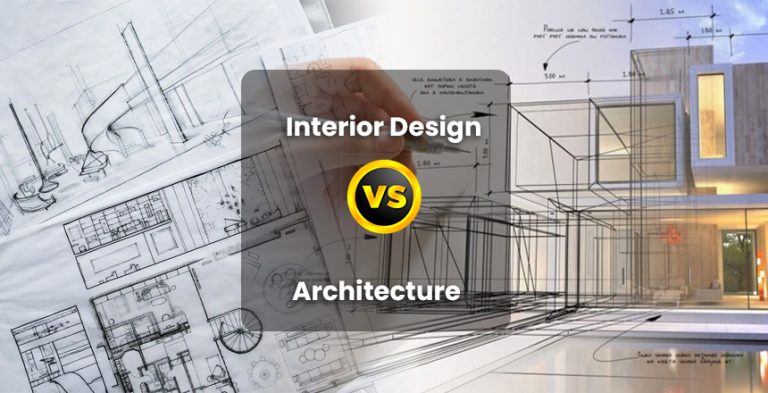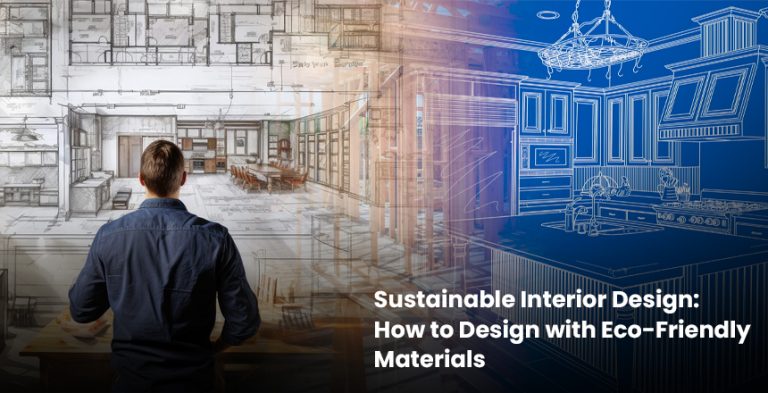When it comes to interior design, your portfolio is not just a pile of good-looking pictures, but your initial step with new clients, your own unique brand and your best marketing bullet. No matter whether you are just a freelancer who is just beginning or a professional designer, who has earned the respect and admiration of the client, your portfolio should be able to do one thing exclusively, to prove to the client that you know what the client needs and that you have the capability to do it.
However, what is it that clients seek in a portfolio? It is not necessarily about fashionable colors and expensive furniture. It is related to faith, transparency and innovation. In terms, break it into small bite tips.
Demonstrate your Method, not Only Your End-Result
Clients do not desire to look at pretty rooms only. They desire to learn how you ended up there. Use decorations, mood board, layout scheme and before and after photos to show how you think. This assures the clients that you would not be making decorations only but you would be addressing problems, laying out the plans and making intelligent choices. The way you do it makes them believe in your competence.
Popularize a Diversity of Projects
It is good to have a signature style but your portfolio must exhibit that you can work in many different ways. Add various kinds of projects both residential, commercial to demonstrate that you can adjust to the needs of various clients. In case you did not have a chance to work on a lot of existing projects, you can make mock-ups or concept solutions that demonstrate your skills to work with different styles and spaces.
Go Solution-Oriented and Functional
Clients are concerned about functionality of a space, not merely the appearance. Therefore, describe the aim, the problem and the resolution of each project that you add to it briefly. In a small apartment did you maximize? Have you transformed a vacant area into a viable office? Was your design nature-friendly? These facts show that your design is not only trendy, but clever.
Make it Clean, Uncomplicated and Professional
Presentation matters. Disorganized and/or incomprehensible portfolios will immediately leave a prospective client. be clean, with very little text and quality pictures. Organize your projects in an evident manner and think about naming them briefly or in such categories as Modern Living Rooms or Budget-Friendly Spaces. It must be smooth and professional regardless of being a print or digital one.
Real Images, When Possible, (There is No Shame in a Renders)
Real finished spaces are what clients adore- they are more credible and approachable. In case you work on real-life projects, attach pictures with proper light and angles. But when you are already a beginner or a student then it would be acceptable to have well created 3D renders or visualizations. Just as long as you label them accordingly there is no confusion.
Add Testimonials or Client reviews
Let your previous clients testify on your behalf in case they were satisfied with what you did. Credibility can be raised by including a small testimonial or quote as to what it was like to work with them. That is a great way to reassure any new client that not only are you a skilled designer but you are also professional, reliable and an easy person to get along with, all of which are equally as important as being a talented designer.
Your Story, In a Few Words
Your portfolio is not only a collection of your projects rather it is about you as well. Include a brief about me or biography which describes your background, your design philosophy and who or what inspires you. Be short and sociable. A customer needs to have the impression that he/she knows who he/she would work with.
Up To Date
Trends in design are shifting and so is your ability. This should become a habit of updating your portfolio. Eliminate old pieces and include new projects you have done and ensure your contact details are up to date. When a portfolio is up to date, the individual displays that he is active and developing and keeping up with the industry.
Select Unsuitable Format
Deciding which format to use: when planning a print booklet, you should decide between physical distribution and online portfolio creation depending on your audience. A portion of the clients would like a web portfolio that they can access with a few clicks, and a copy printed out to receive in person would be a plus during meetings or an interview. Preferably you shall be prepared with all of them, depending on the circumstance.
Final thoughts: Portfolio is about the client
It is not about your style. At the end of the day your portfolio is about making the client know that you know them. They should be able to trust you to give life to their vision when they go through your work. That is why it is not only about nice pictures, it is about clarity, communication, and how well you present it.
Thus, plan your portfolio just how you would plan any space: purposefully, uniquely, and with a user in mind. That is what clients actually want to see.








